They used to call it Godzilla, because it was big, scary and bit hard. But now there’s now another reason: like the aforementioned mythical theropod, the Nissan GT-R is bloody old. Fifteen years old this very year, no less.
Think about that for a moment. The Nissan R35 GT-R was launched at the 2007 Tokyo motor show. We’ve had five different prime ministers since that year began, and the way things are going with the current incumbent, by the time you read this, we may be well on the way to six. This was also the year in which Kimi Räikkönen won the Formula 1 title for Ferrari. It hasn’t taken one since. It was also the year in which a handy little device called the iPhone went on sale, the words ‘hashtag’ and ‘tweep’ entered the English language and queues appeared outside branches of Northern Rock bank, suggesting all might not be well with the global economy. It really was a very long time ago.
So what else can you buy today from a mainstream manufacturer that is, with certain modifications, the same car it was 15 years back? The Fiat 500, just about; and now I’m struggling.
The GT-R has of course changed over time, never more so than in 2013, when the Nismo model was introduced with the 592bhp version of the VR38DETT engine it retains to this very day. I’ve been told a story that, given its origin, I believe. It says this was the car that persuaded Kazutoshi Mizuno, the GT-R’s chief engineer, to leave Nissan.
I’m told Mizuno argued long and loud that his baby was a less-is-more kind of car and the Nismo flew in the face of the principles by which he had engineered it. And when this argument fell on deaf ears, he left. There’s certainly no doubting that his departure coincided with its arrival.
![]()

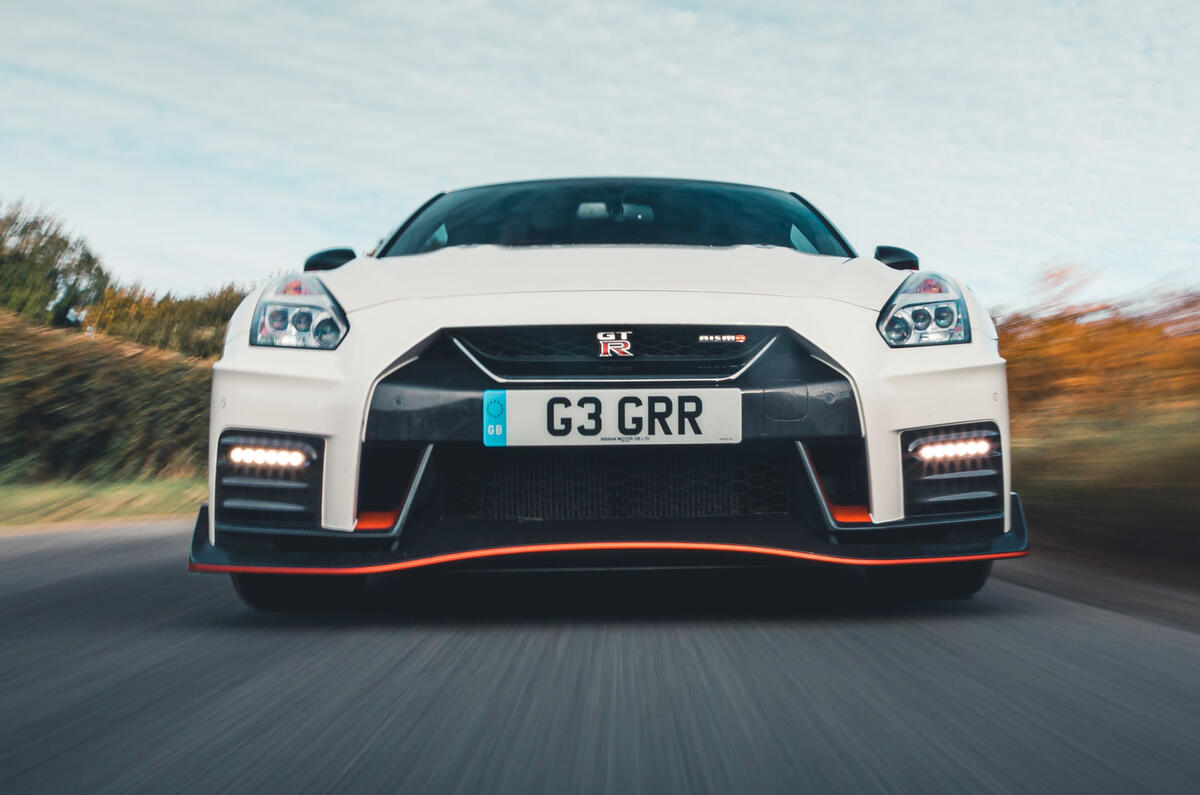
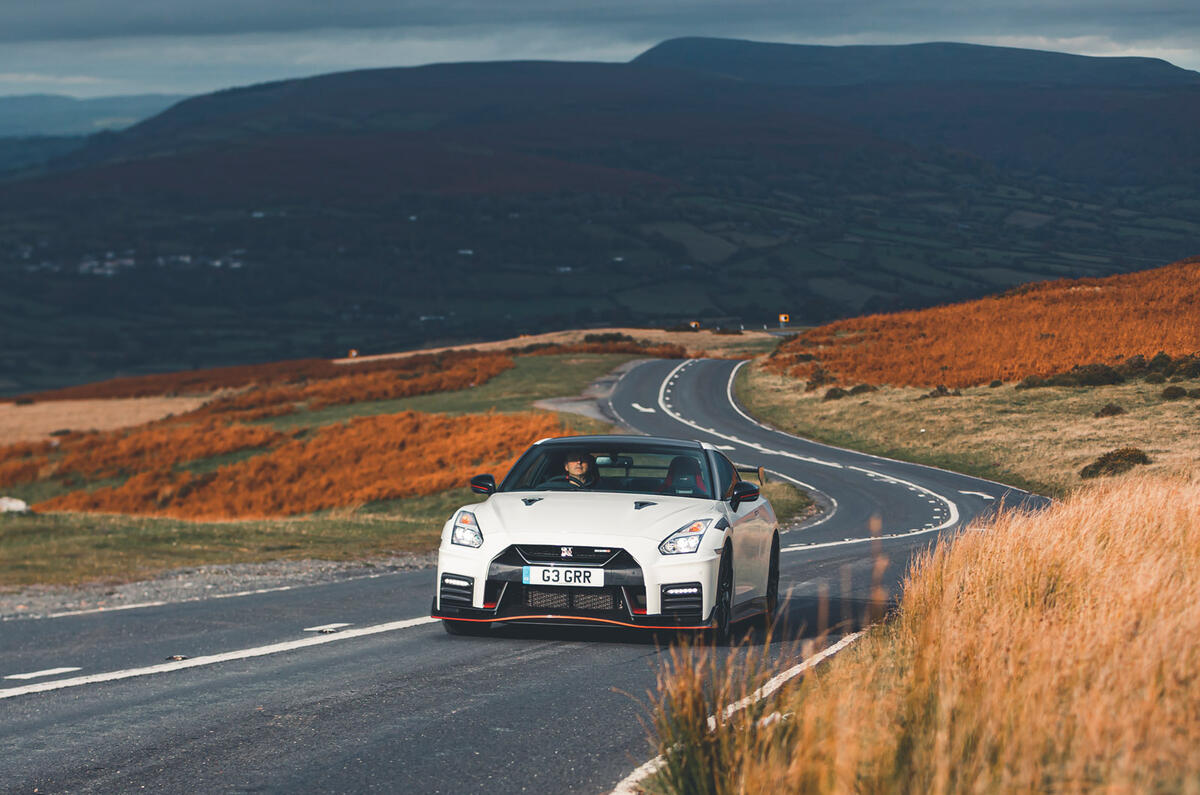
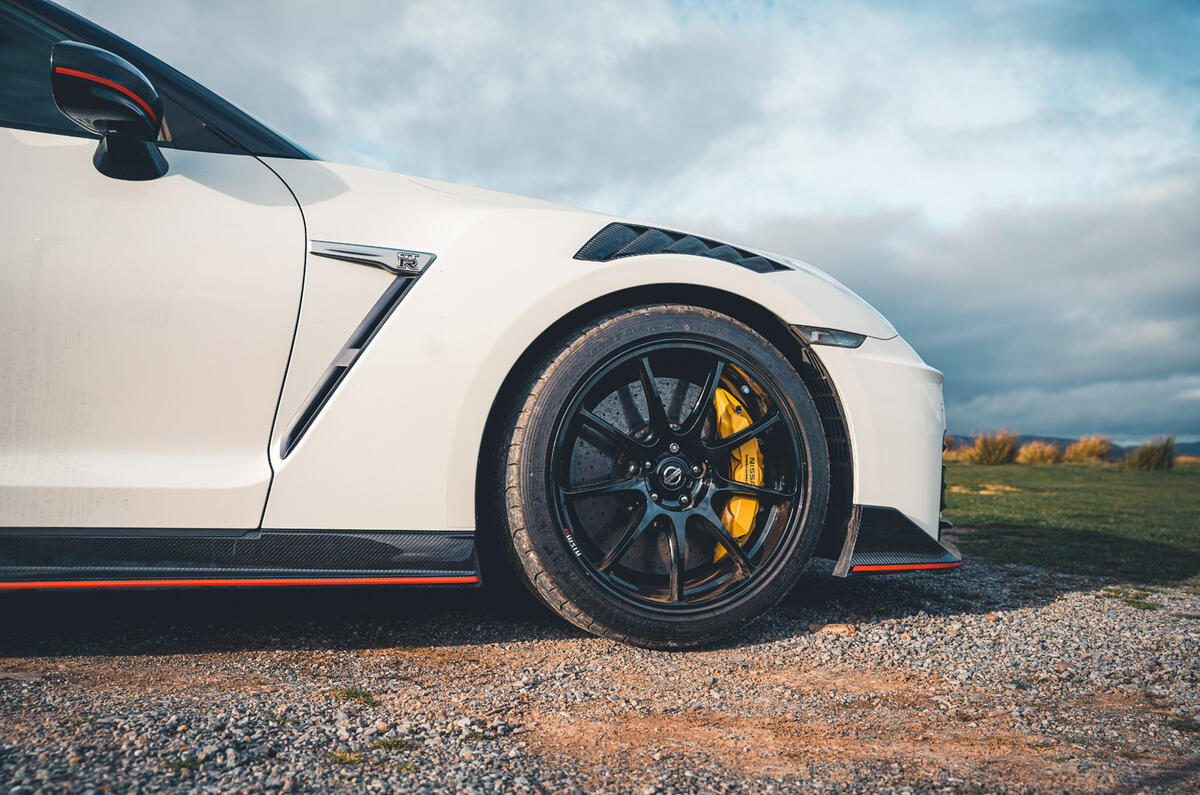
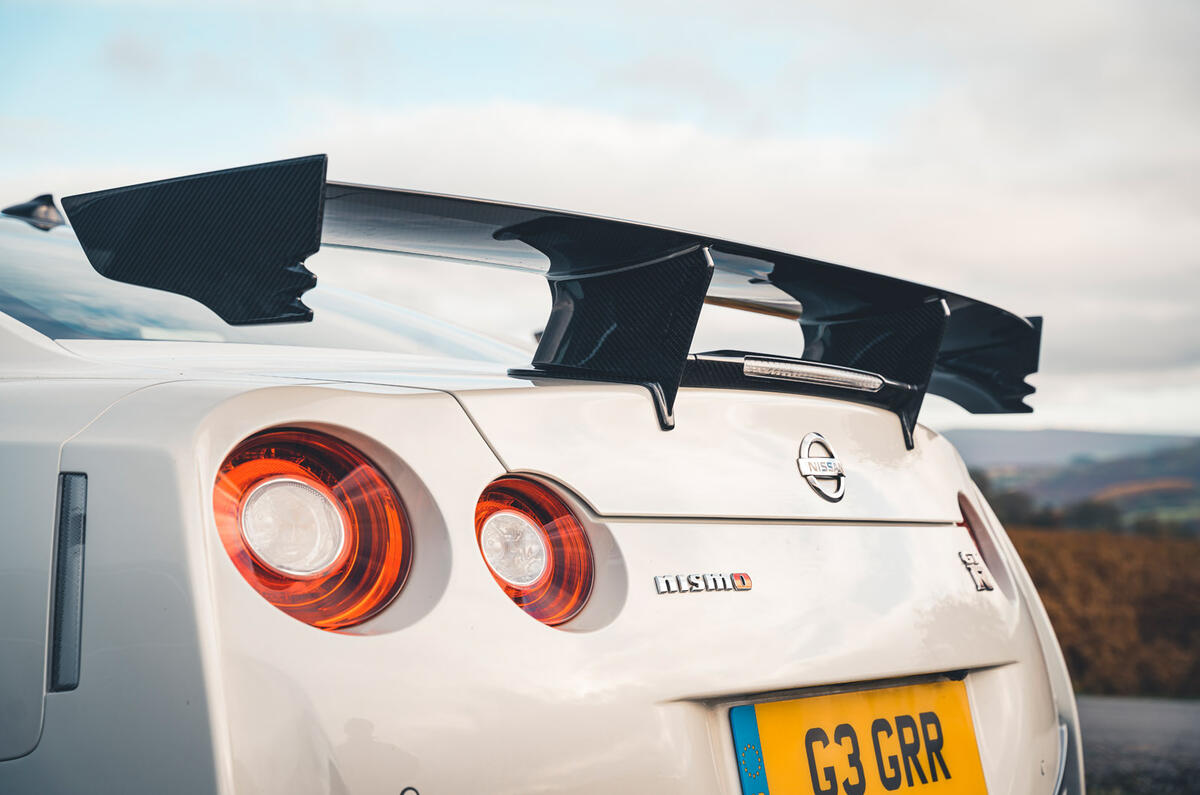
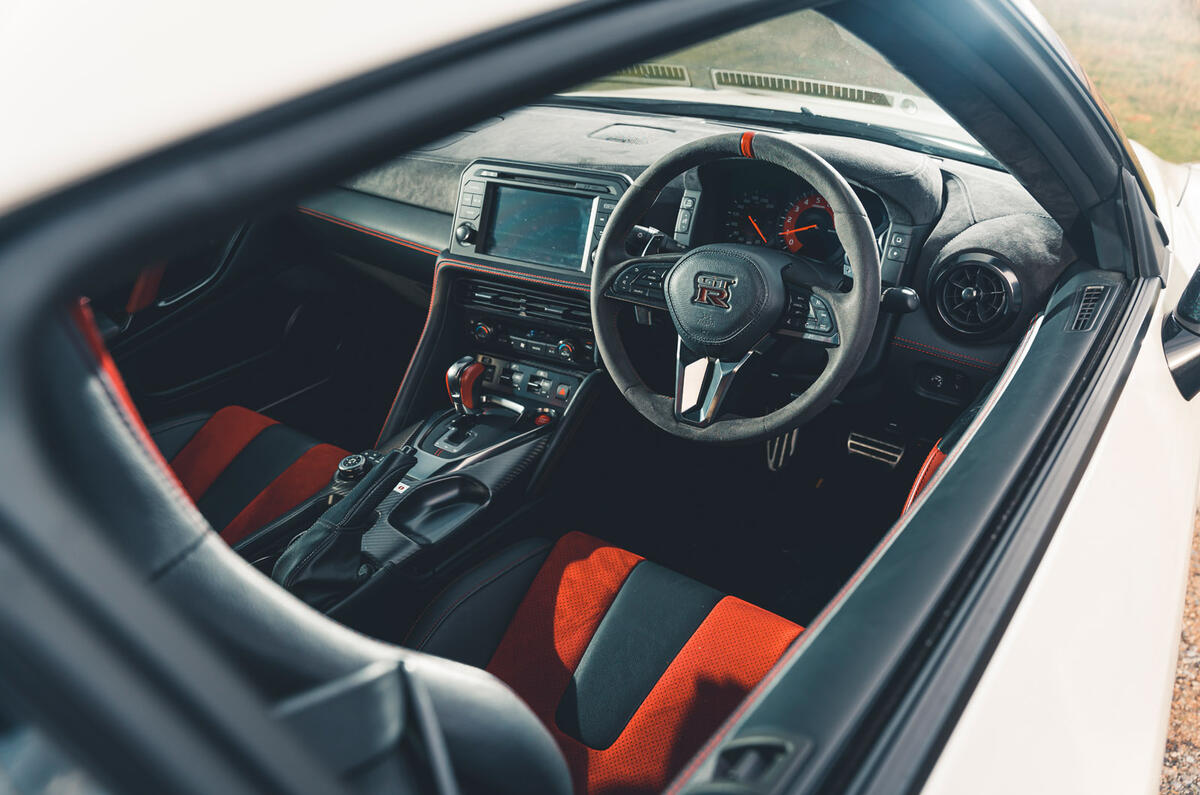
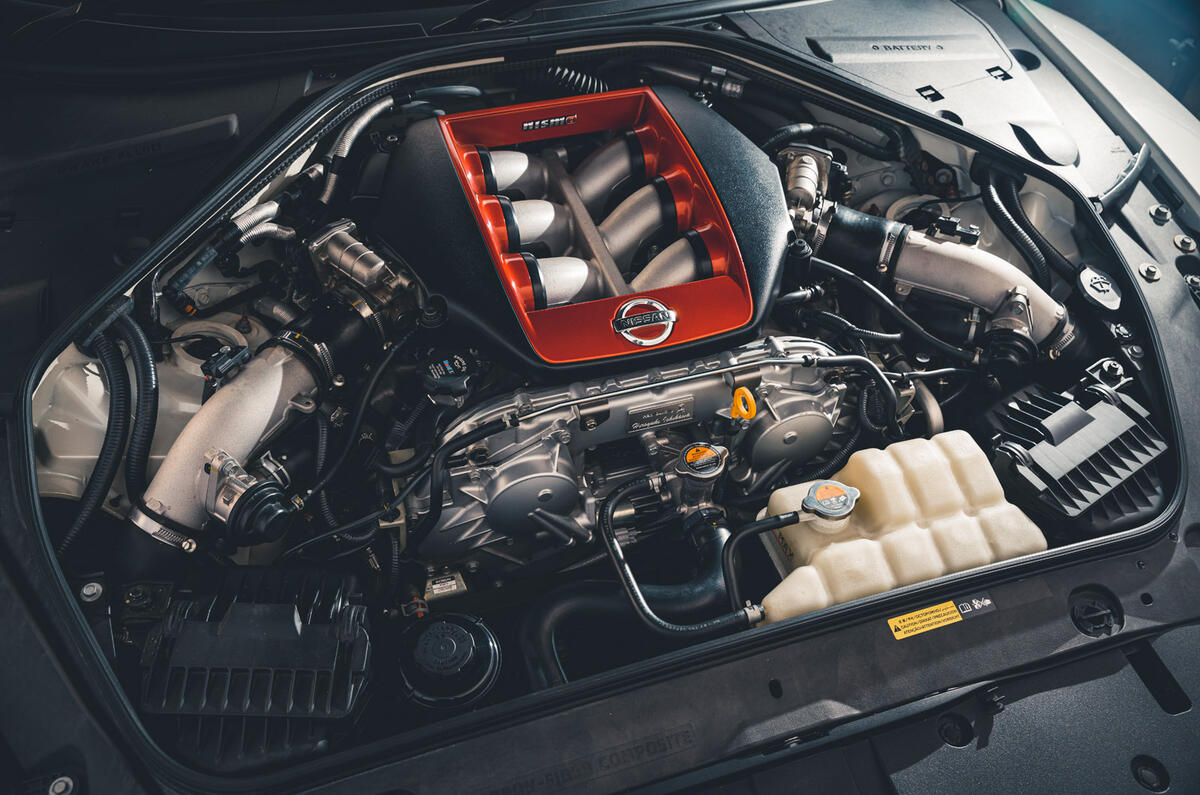
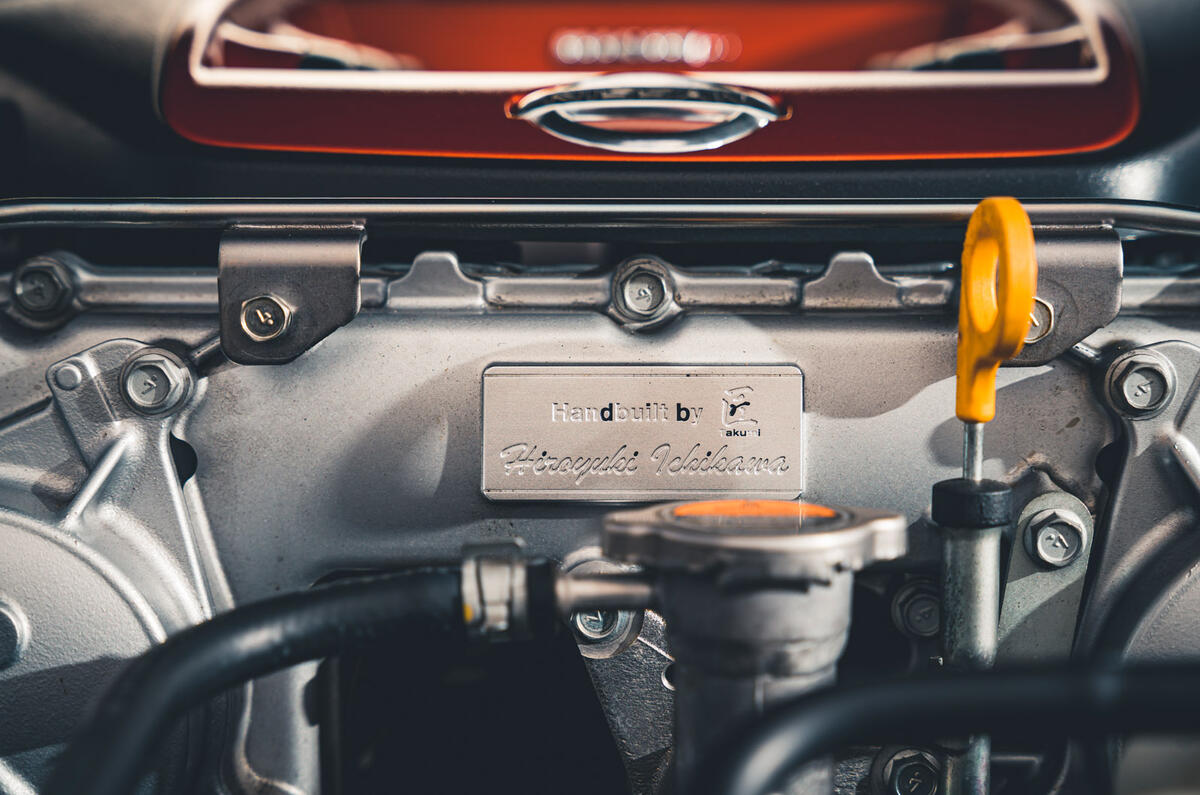

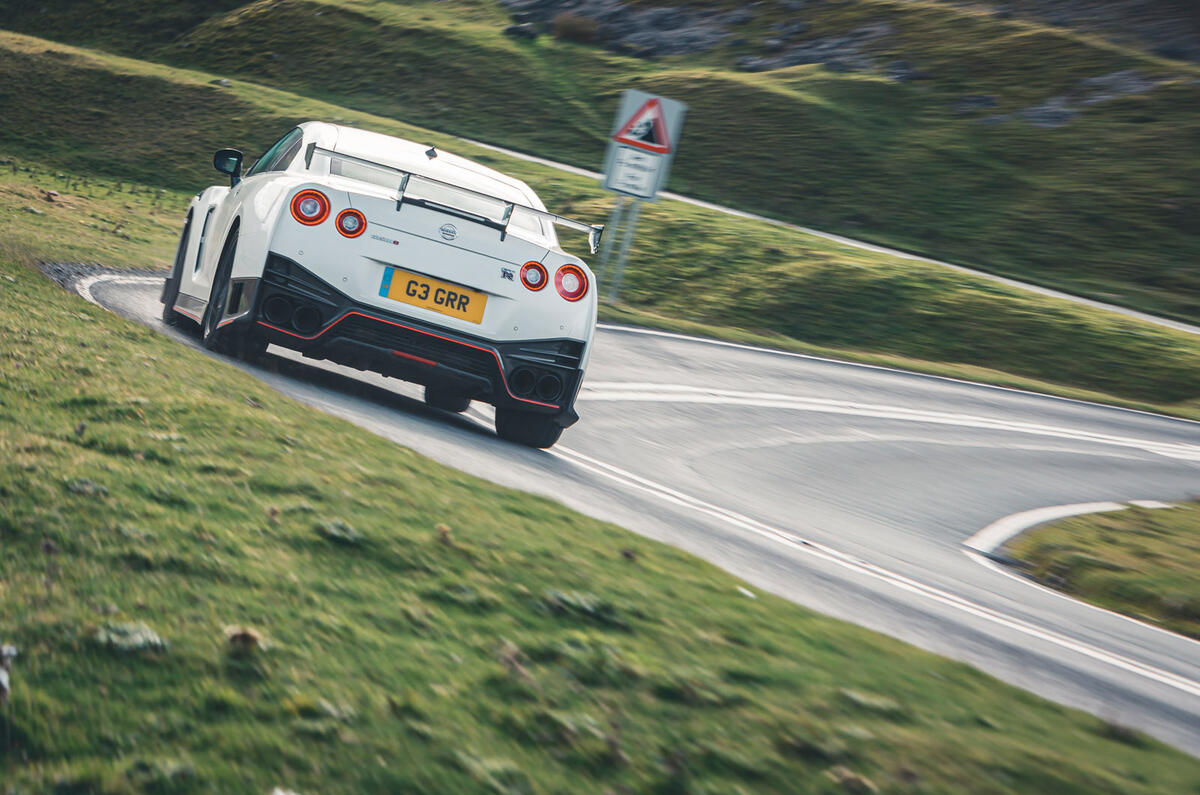
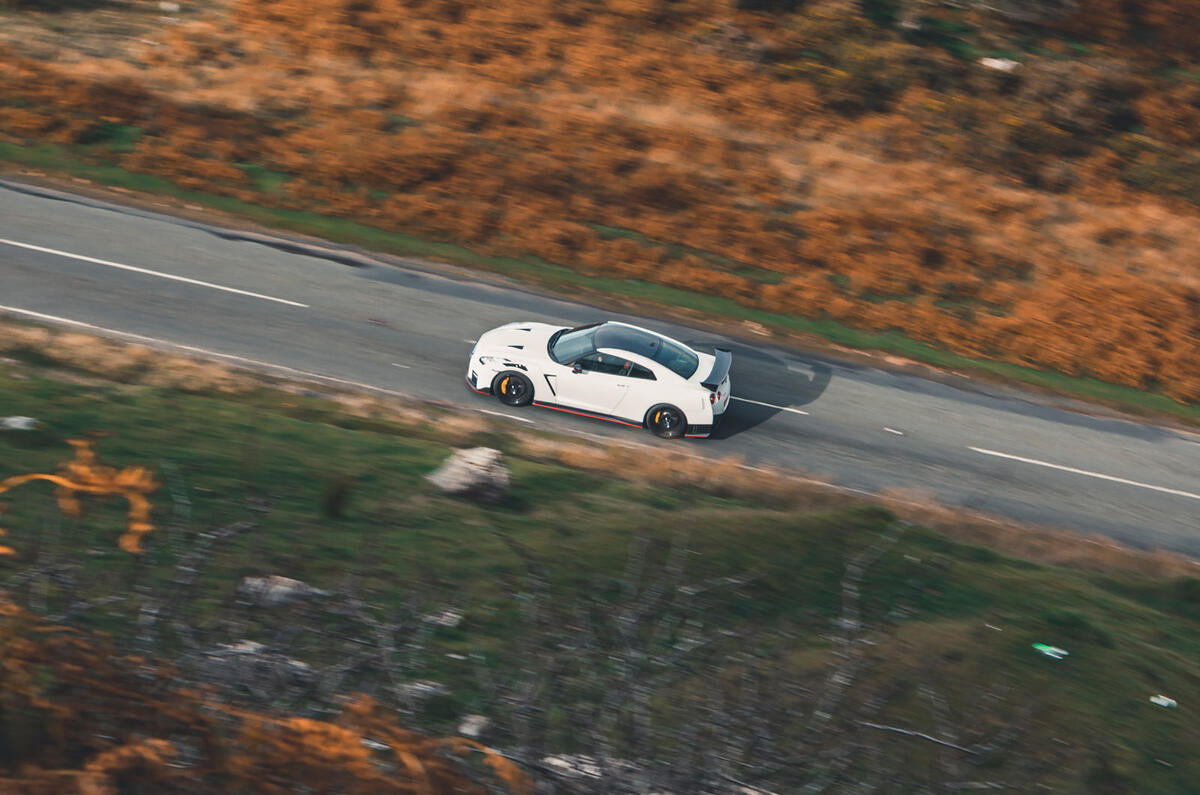


















Join the debate
Add your comment
Don't see many these Days, still a head turner though when you see one.
Definitely a head turner. Rare to see something so hideous-looking on the road LOL (though Nissan are good at ugly cars cf. Juke).